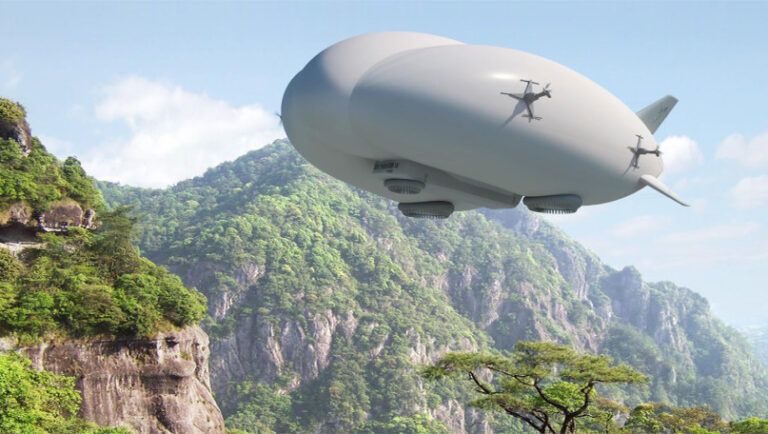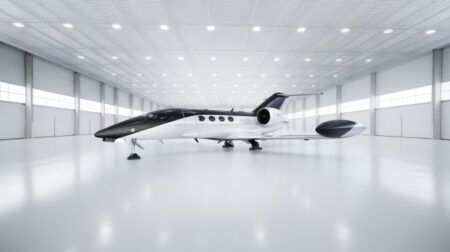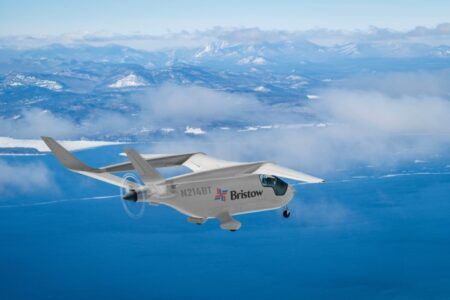US aerospace and defense company Lockheed Martin has set up a new company called AT2 Aerospace to develop the Z1 hybrid airship .
AT2 Aerospace is based in Santa Clarita, California and is being headed up by former Lockheed Martin Hybrid Airship program manager Robert Boyd, who becomes the company’s president and chief operating officer.
A hybrid airship uses buoyancy from lighter-than-air helium to provide most of its lift, but also gets some lift from the aerodynamic effect of moving through the air.
The company will develop “airship solutions to support commercial and humanitarian applications around the world”, Lockheed Martin said in a brief statement.
“For some time, we have been in search of a transition partner to continue the development of this important commercial work. We are pleased to share that the hybrid airship IP and related assets have been transitioned to a newly formed, commercial company.”
Although not specifically referenced in the statement, Lockheed Martin’s hybrid airship intellectual property (IP) can be traced back to the P-791 demonstrator built for the Defense Advanced Research Projects Agency (DARPA). The 127ft (37m) hybrid airship is the only such aircraft Lockheed Martin has flown, but only one flight test campaign was conducted, in 2006.
Subsequent attempts by Lockheed Martin and partners to develop, market and sell the tri-lobe semi-bouyant concept as the Sky Tug and most recently the LMH-1 have not been successful.
AT2 Aerospace’s Z1 inherits several key features from Lockheed Martin’s previous work in hybrid airships, including the Air Cushion Landing System, the tri-lobed hull, thrust vectoring propulsion and a large cargo bay.
Lockheed Martin is renewing development of its hybrid airship concept at a time when environmental concerns and a drive towards zero-emissions aviation has led to renewed interest in airship designs. Leading companies in the space include Hybrid Air Vehicles, Flying Whales, Thales and LTA Research, which are progressing designs for commercial passenger and cargo, telecommunications and defense applications.





